
-
Sulfo-Cyanine3 NHS Ester
- names:
Sulfo-Cyanine3 NHS Ester
- CAS号:
1424150-38-8
MDL Number: - MF(分子式): C34H38N3KO10S2 MW(分子量): 735.8
- EINECS:Not available Reaxys Number:No data available
- Pubchem ID:154731801 Brand:BIOFOUNT
| 货品编码 | 规格 | 纯度 | 价格 (¥) | 现价(¥) | 特价(¥) | 库存描述 | 数量 | 总计 (¥) |
|---|---|---|---|---|---|---|---|---|
| HCC345498-5mg | 5mg | 97% | ¥ 1530.00 | ¥ 1530.00 | 2-3days | ¥ 0.00 | ||
| HCC345498-1mg | 1mg | 97% | ¥ 720.00 | ¥ 720.00 | 2-3days | ¥ 0.00 |
| 中文别名 | Sulfo-Cyanine3 NHS Ester;磺酸基Cy3活性酯:(1424150-38-8);磺化Cy3-NHS酯;Sulfo Cyanine3 NHS ester;磺化Cy3-NHS 活化酯;磺化Cy3-N-羟基琥珀酰亚胺酯 |
| 英文别名 | 1424150-38-8;Sulfo-Cyanine3 NHS Ester;Sulfo Cyanine3 NHS Ester;1424150-38-8 (sodium salt); 1424433-17-9, 1518643-34-9 (inner salt) |
| CAS号 | 1424150-38-8 |
| Inchi | InChI=1S/C34H39N3O10S2.K/c1-33(2)24-20-22(48(41,42)43)13-15-26(24)35(5)28(33)10-9-11-29-34(3,4)25-21-23(49(44,45)46)14-16-27(25)36(29)19-8-6-7-12-32(40)47-37-30(38)17-18-31(37)39;/h9-11,13-16,20-21H,6-8,12,17-19H2,1-5H3,(H-,41,42,43,44,45,46);/q;+1/p-1 |
| InchiKey | ZNWGQSGULWNMHO-UHFFFAOYSA-M |
| 分子式 Formula | C34H38N3KO10S2 |
| 分子量 Molecular Weight | 735.8 |
| 溶解度Solubility | |
| 性状 | solid,红色固体;dark red crystals |
| 储藏条件 Storage conditions | storage at -4℃ (1-2weeks), longer storage period at -20℃ (1-2years) |
Sulfo-Cyanine3 NHS Ester说明:
A variety of cyanine dyes has been used to label biological molecules for fluorescence imaging and other fluorescence-based biochemical analysis. They are widely used for labeling peptides, proteins and oligos etc. Cy3® dyes are one type of the most common red fluorophores. These versatile fluorophores can tolerate a pH range of 3-10 for use in a variety of applications at biologically relevant pHs. The dyes are also DMSO tolerant and photostable to enable transfer from storage to assay without loss of performance. The aqueous solubility eliminates the need for organic solvents in the assay buffers. Sulfo-Cyanine 3 is an alternative dye primarily used for labeling peptides and oligos in replacing Cy3 that was originally developed by GE Healthcare (Cy3® is the trademark of GE Healthcare). NHS ester dyes are recommended for labeling amine groups and maleimide dyes are recommended for labeling thiol groups. This Cy3® NHS ester readily reacts with amino groups.
Sulfo-Cyanine3 NHS Ester 可替代:Cy3®、Alexa Fluor 546 和 DyLight 549
| Molecular weight 735.19 |
Correction Factor (260 nm) 0.07 |
Correction Factor (280 nm) 0.073 |
Extinction coefficient (cm -1 M -1) 1500001 |
Excitation (nm) 555 |
Emission (nm) 569 |
1.实验前需戴好防护眼镜,穿戴防护服和口罩,佩戴手套,避免与皮肤接触。
2.实验过程中如遇到有毒或者刺激性物质及有害物质产生,必要时实验操作需要手套箱内完成以免对实验人员造成伤害
3.实验后产生的废弃物需分类存储,并交于专业生物废气物处理公司处理,以免造成环境污染Experimental considerations:
1. Wear protective glasses, protective clothing and masks, gloves, and avoid contact with the skin during the experiment.
2. The waste generated after the experiment needs to be stored separately, and handed over to a professional biological waste gas treatment company to avoid environmental pollution.
| 产品说明 | Sulfo-Cyanine3 NHS Ester(1424150-38-8)是一种有效的可以使用纯水溶液标记的蛋白质和肽,无需有机助溶剂, Sulfo-Cyanine3 NHS Ester 适合标记蛋白等对有机溶剂敏感的生物分子,也适用于溶解度低的蛋白质和易于变性的蛋白质。 |
| Introduction | Water soluble, amino-reactive sulfo-Cyanine3 NHS ester. Efficiently labels proteins and peptides in purely aqueous solution, without need for organic co-solvent. Ideal for proteins with low solubility |
| Application1 | |
| Application2 | |
| Application3 |
| 警示图 | |
| 危险性 | warning |
| 危险性警示 | Not available |
| 安全声明 | H303+H313+H333 |
| 安全防护 | P264+P280+P305+P351+P338+P337+P313 |
| 备注 | 实验过程中防止吸入、食入,做好安全防护 |
| 1. Xu, D.; Wang, Y. smFRET study of rRNA dimerization at the peptidyl transfer center. Biophysical Chemistry, 2021, 277, 106657. doi: 10.1016/j.bpc.2021.106657 |
| 2. Taghian, T.; Metelev, V.G.; Zhang, S.; Bogdanov, A.A. Imaging NF-κB activity in a murine model of early stage diabetes. FASEB Journal, 2020, 34(1), 1198–1210. doi: 10.1096/fj.201801147r |
| 3. Ni, C.-W.; Wei, Y.-J.; Shen, Y.-I.; Lee, I.-R. Long-Range Hairpin Slippage Reconfiguration Dynamics in Trinucleotide Repeat Sequences. The Journal of Physical Chemistry Letters, 2019, 10, 3985–3990 |
| 4. Cao, P.; Wei, X.; Awal, R.P.; Müller, R.; Wall, D. A Highly Polymorphic Receptor Governs Many Distinct Self-Recognition Types within the Myxococcales Order. mBio, 2019, 10, e02751-18. |
| 5. Sallada, N.D.; Dunn, K.J.; Berger, B.W. A structural and functional role for disulfide bonds in a class II hydrophobin. Biochemistry, 2018, 57(5), 645–653. doi: 10.1021/acs.biochem.7b01166 |
7. Wang, C.; Fernández de Ávila, B.E.; Mundaca-Uribe, R.; Lopez-Ramirez, M.A.; Ramírez-Herrera, D.E.; Shukla, S.; Steinmetz, N.F.; Wang, J. Active Delivery of VLPs Promotes Anti-Tumor Activity in a Mouse Ovarian Tumor Model. Small, 2020, 16(20), e1907150. doi: 10.1002/smll.201907150
8. Saez Talens, V.; Arias-Alpizar, G.; Makurat, D.M.M.; Davis, J.; Bussmann, J.; Kros, A.; Kieltyka, R.E. Stab2-Mediated Clearance of Supramolecular Polymer Nanoparticles in Zebrafish Embryos. Biomacromolecules, 2020, 21(3), 1060–1068. doi: 10.1021/acs.biomac.9b01318
9. Choi, J.; Marks, J.; Zhang, J.; Chen, D.-H.; Wang, J.; Vázquez-Laslop, N.; Mankin, A.S:; Puglisi, J.D. Dynamics of the context-specific translation arrest by chloramphenicol and linezolid. Nature Chemical Biology, 2020, 16, 310–317. doi: 10.1038/s41589-019-0423-2
10. Song, P.; Shen, J.; Ye, D.; Dong, B.; Wang, F.; Pei, H.; Wang, J.; Shi, J.; Wang, L.; Xue, W.; Huang, Y.; Huang, G.; Zuo, X.; Fan, C. Programming bulk enzyme heterojunctions for biosensor development with tetrahedral DNA framework. Nature Communications, 2020, 11, 838. doi: 10.1038/s41467-020-14664-8
- 相关产品
-
< >
- 推荐产品
-
< >
- 最新产品
-
< >
新闻
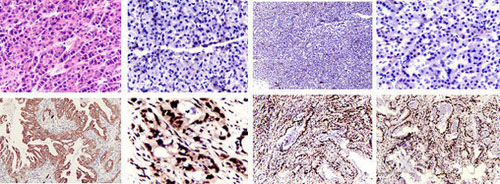
怎么做细胞爬片免疫组化染色实验
细胞爬片免疫组化染色,是通过细胞爬片是让玻片浸在细胞培养基内,细胞在玻片上生长,主要用于组织学,免疫组织化学...
2020/7/20 22:04:33
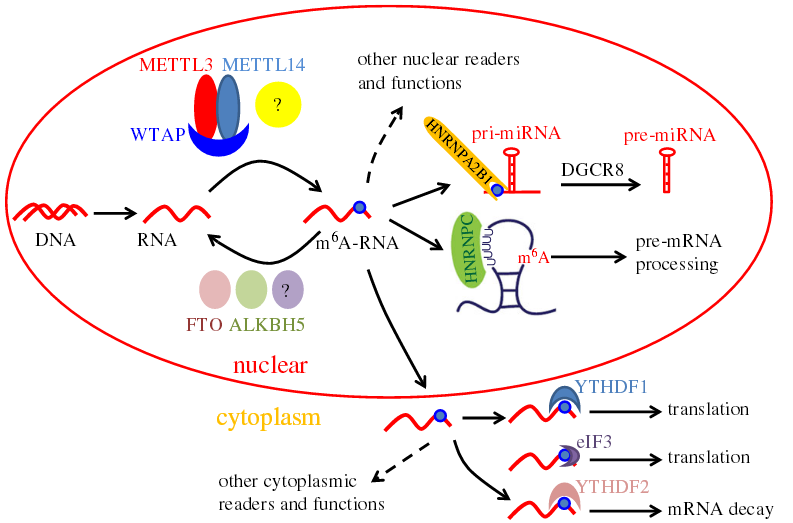
提取病毒RNA的实验方法
提取病毒RNA方法分别有:异硫氰酸胍的提取病毒RNA方法、TRIzol LS提取法、Trizol法提取法等等...
2020/7/22 20:29:26
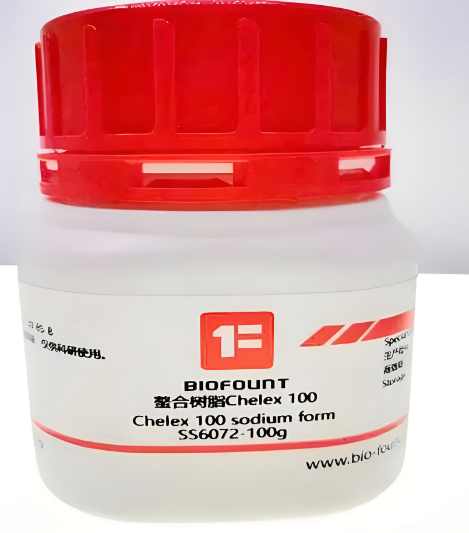
chelex 100树脂国产替代之路-BIOFOUNT范德生物
Chelex 100螯合离子交换树脂对铜、铁和其他重金属?的偏好显著高于对钠、钾等一价阳离子的偏好。它对二价...
2025/11/4 14:22:46
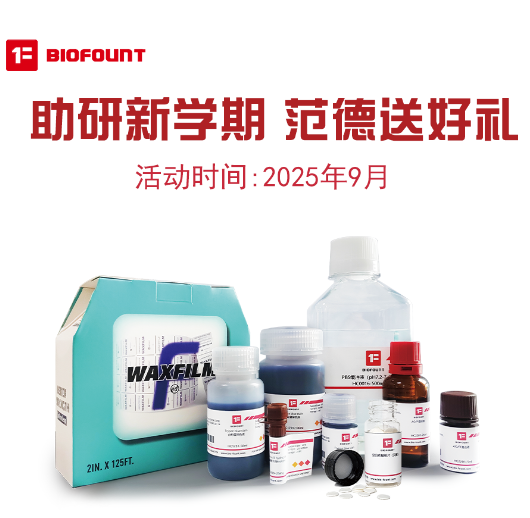
9月开学季——助研新学期 范德送好礼
2025/8/28 15:30:55

Waxfilm 实验室封口膜:技术与国际市场的双重突破
在实验室耗材领域,封口膜是保障实验准确性与稳定性的关键产品之一。近年来,Waxfilm?实验室封口膜凭借其卓...
2025/5/13 13:03:40
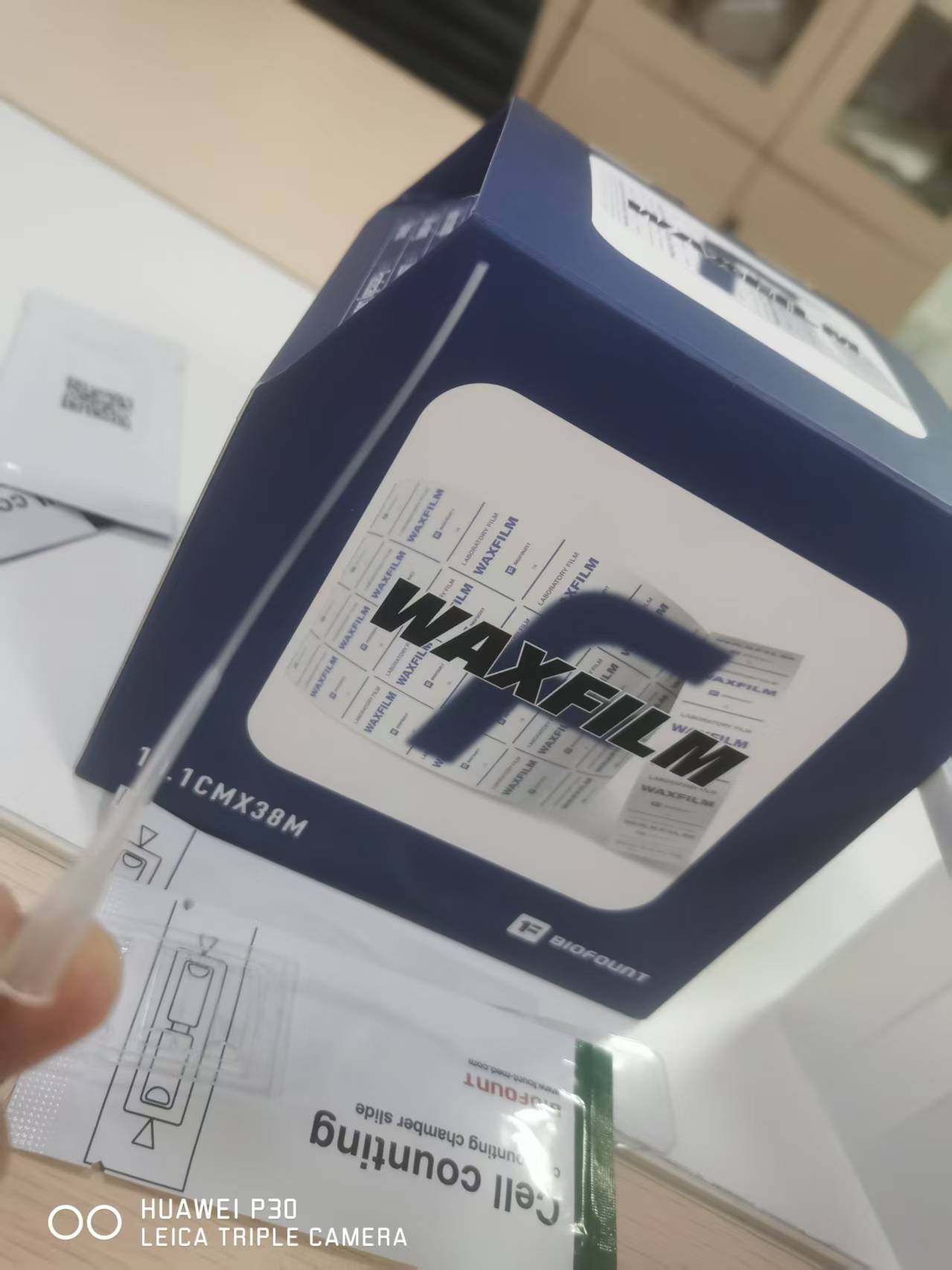
Waxfilm实验室封口膜的5大突破
Waxfilm实验室封口膜作为生物功能膜领域的国产技术突破和品牌突破,是生物领域中国技术发展的缩影。
2025/5/6 17:02:07
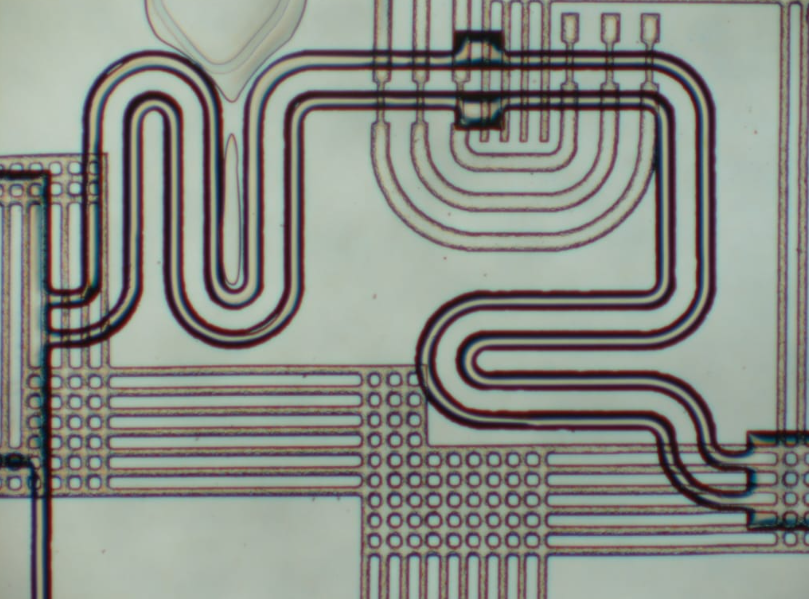
各种微流控芯片键合方法的优缺点
微流控芯片键合:目前主要有激光焊接、热压键合、胶键合、超音波焊接,每种方法都有各自的优缺点。本文主要介绍聚酯...
2023/7/28 10:43:09
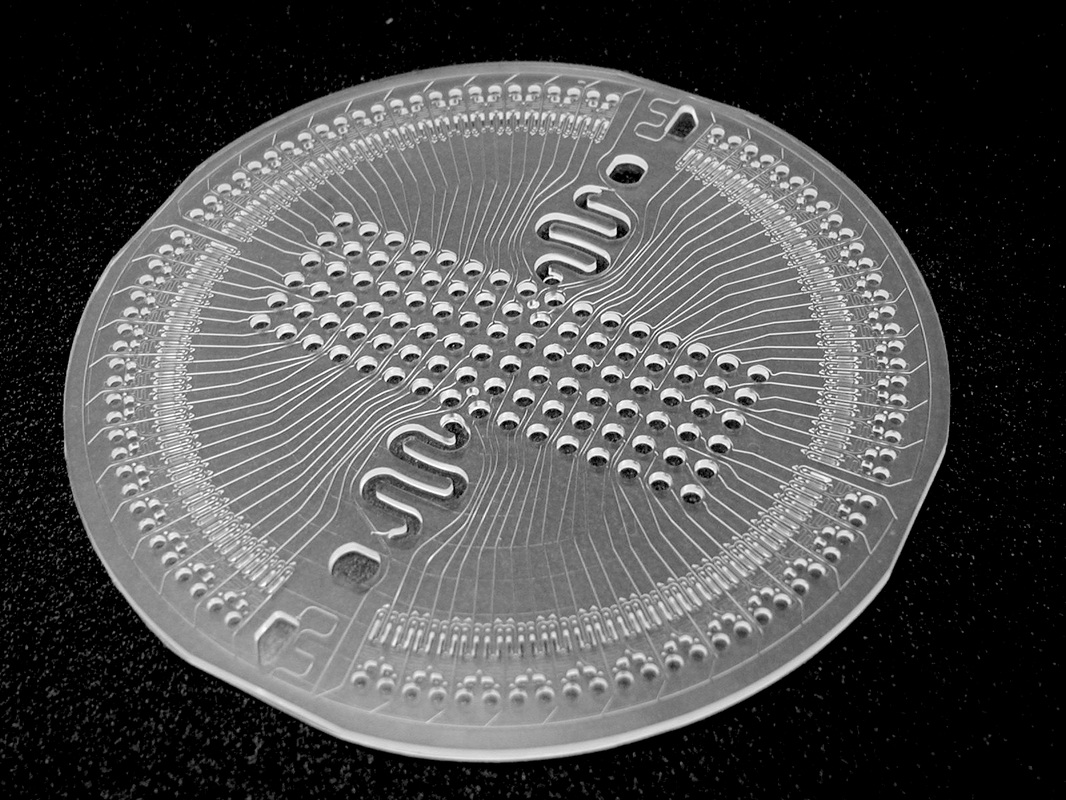
新一代微流控键合解决方案
微流控键合解决方案:微流控芯片制造的一个重要环节,也是最容易被忽视的--芯片键合。其中一个重要因素是:微流控...
2023/7/27 12:44:28
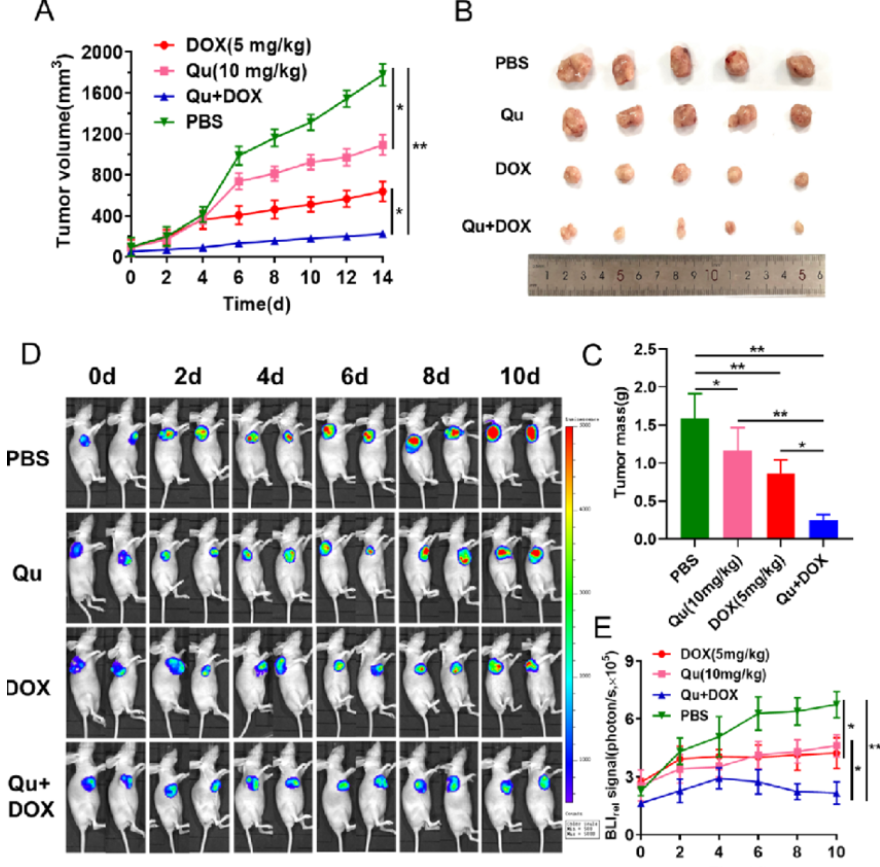
荧光素钾盐使用说明
D-荧光素钾盐(K+)设计用于体外和体内生物发光测定。D-荧光素的质量和纯度对于获得良好和可重复的结果至关重...
2023/7/20 11:05:11
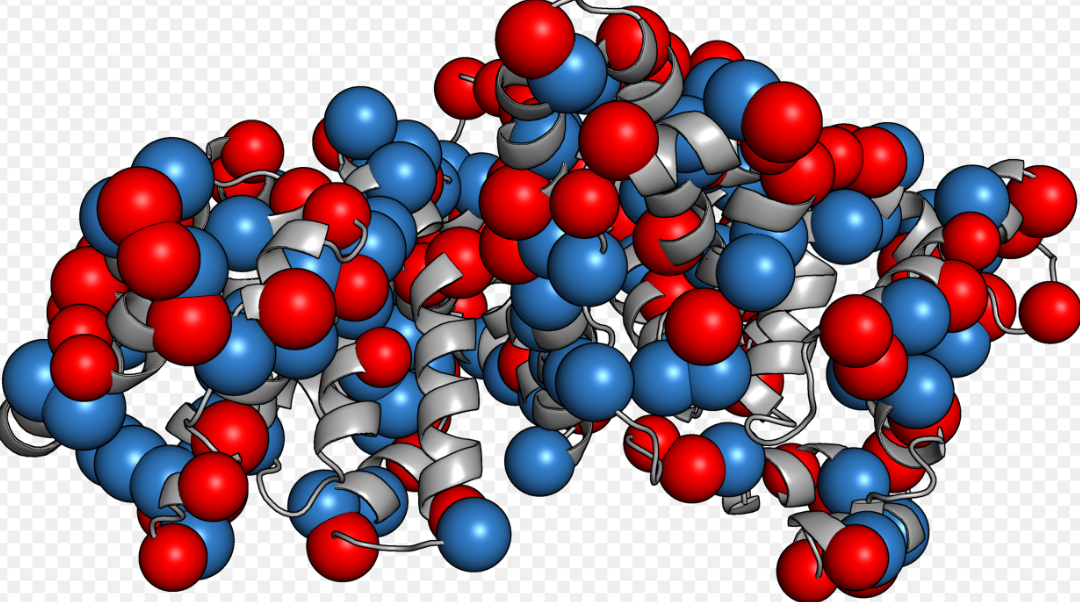
如何选BSA(牛血清白蛋白)
如何选BSA(牛血清白蛋白):牛血清白蛋白(BSA)有多种形式,如何选择适合自己的牛血清白蛋白(BSA)是一...
2023/2/14 13:09:18




 购物车
购物车 



